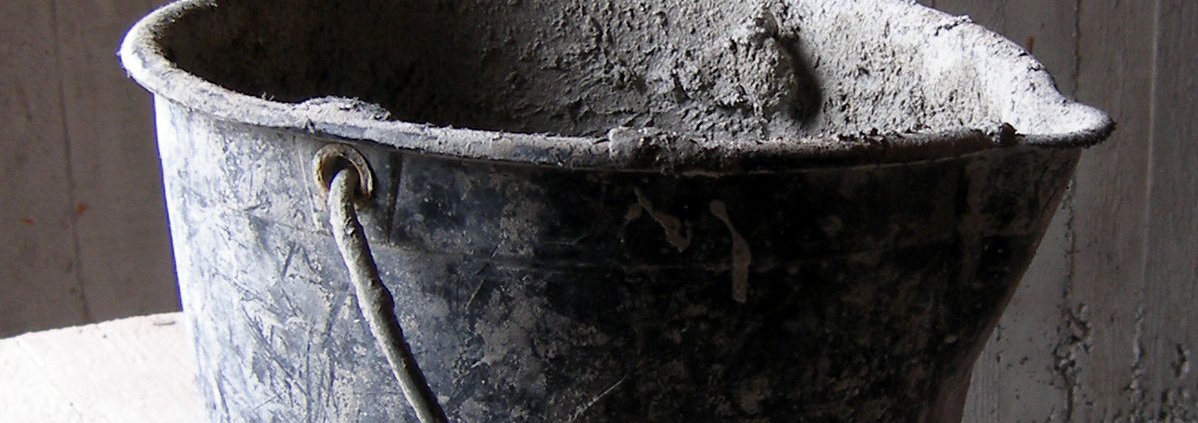From Waste to Wonder: Transforming Clay through Recycling and Creativity in Pottery
Summary
As a potter, you may find yourself with leftover clay scraps, dried clay, or failed pottery pieces that you don’t want to waste. The good news is that clay is a versatile and recyclable material, and there are several methods for reusing clay in your pottery practice. In this blog, we will explore various techniques on how to reuse clay effectively and sustainably.
Key Points
Reclaiming clay involves turning scraps, trimmings, and failed pottery pieces back into usable clay. Here’s a step-by-step guide on how to reclaim clay:
Step 1: Collect Clay Scraps – Gather all the clay scraps, trimmings, and broken pottery pieces that you want to reuse. Remove any foreign objects such as stones or debris.
Step 2: Dry the Clay – Allow the clay scraps to dry thoroughly to the point where they become stiff but not bone dry. This typically takes several days to a week, depending on the moisture content of the clay.
Step 3: Break the Clay – Once the clay is dry, break it into smaller pieces using a hammer, mallet, or your hands. This helps to increase the surface area and speeds up the drying process.
Step 4: Soak the Clay – Place the broken clay pieces in a container or a bucket of water and let them soak for at least 24 hours. The water will soften the clay and make it easier to work with.
Step 5: Mix and Sieve the Clay – After soaking, mix the clay thoroughly to create a slurry. Then pour the slurry through a fine-mesh sieve or screen to remove any impurities, such as rocks or debris. The leftover clay on the sieve can be collected and used as reclaimed clay.
Step 6: Dry the Reclaimed Clay – Spread the reclaimed clay on a plaster or canvas surface to dry. Once the clay reaches a workable consistency, it is ready to be used for pottery.
Conclusion
In conclusion, recycling and repurposing old clay in pottery through the process of reclamation offers an environmentally-friendly and cost-effective approach to working with clay. By collecting clay scraps, drying them, breaking them down, soaking them, and sieving out impurities, potters can obtain usable clay from what would otherwise be considered waste. This sustainable practice not only reduces clay waste and conserves resources but also encourages creativity and innovation by providing potters with a new material to work with. Reclaiming clay is a practical and eco-conscious way to minimize waste, conserve materials, and create unique pottery pieces, all while promoting sustainability in the art of pottery.



